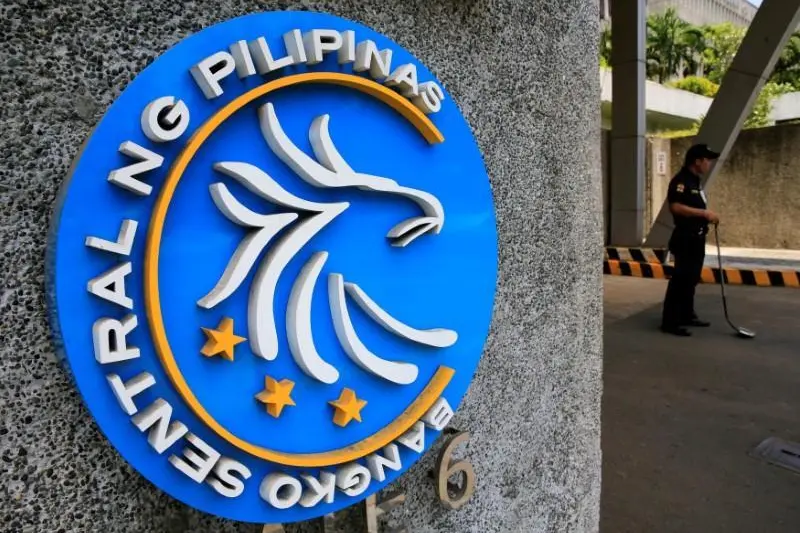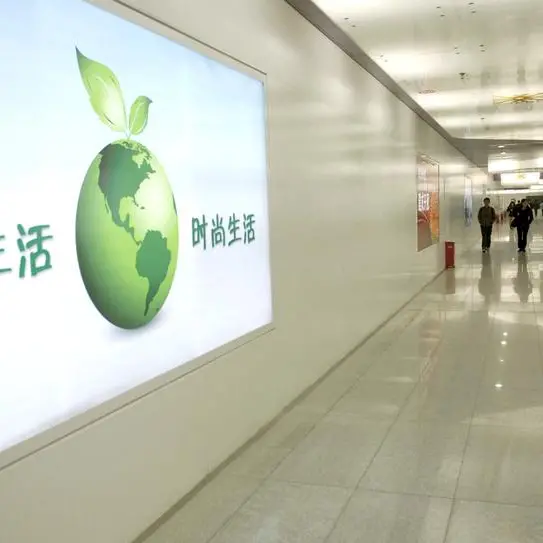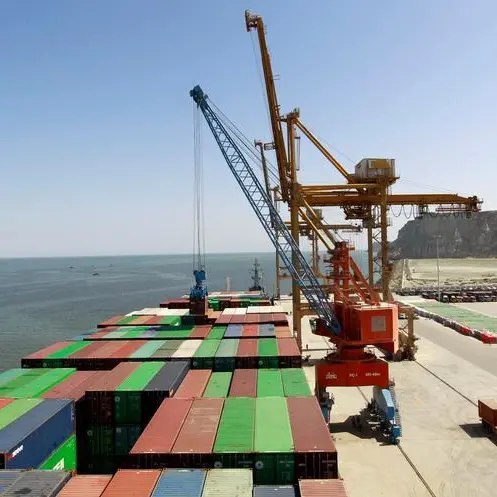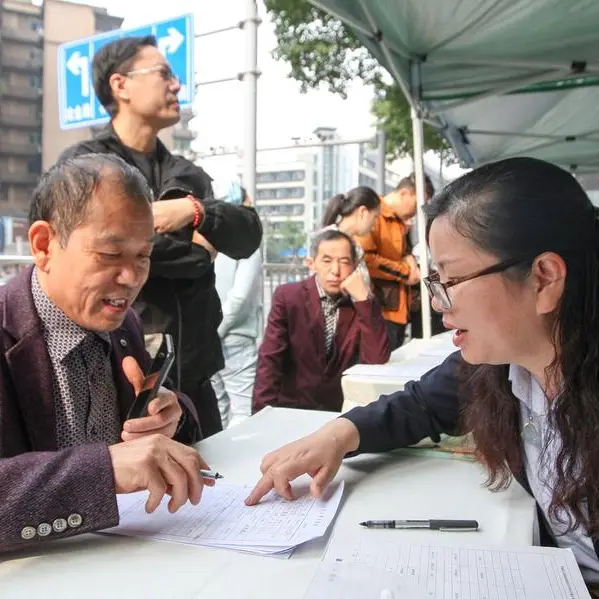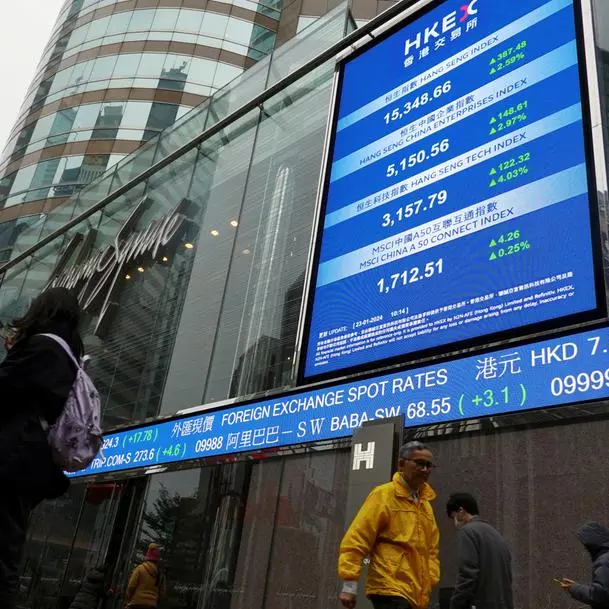PHOTO
The Bangko Sentral ng Pilipinas (BSP) has stressed the need to address the current challenges brought about by tighter global financial markets and elevated inflation to be able to maintain the 'A-' credit rating of the Philippines.
BSP Governor Felipe Medalla said monetary authorities would continue to use the necessary policy levers to address the current challenges brought about by tighter global financial markets and to bring inflation back to a target-consistent path after the Japan Credit Rating Agency (JCR) affirmed the country's 'A-' credit rating.
The central bank's policy toolkit includes interest rate adjustments, a flexible exchange rate, and the use of foreign exchange reserves.
It also supports the national government's implementation of targeted non-monetary interventions to help address supply bottlenecks and price pressures.
An A- credit rating with a stable outlook indicates lower credit risk and entails better access to the international bond market and favorable interest rates. It also increases investor confidence in the country that may lead to more foreign direct investments.
Medalla also concurred with the observation of JCR that the country's banking system remains healthy on stronger payment capacity and the improving employment situation.
'Philippine banks have continued to demonstrate strength. They are growing in a healthy way without sacrificing the stability of the banking system, while managing to preserve the interests of depositors. The BSP expects banks to remain sound and well-capitalized,' Medalla said.
The BSP chief pointed out that the country's larger current account (CA) deficit is brought about by higher commodity prices, import volumes, and aggressive infrastructure spending.
While infrastructure spending often requires importation of capital goods and equipment that contributes to the current account deficit, Medalla said this would result in long-term economic growth.
According to Medalla, the external payments position is manageable as supported by sustained foreign exchange flows from overseas Filipino workers' remittances, business process outsourcing revenues, foreign direct investments, and tourism receipts.
Despite falling below $100 billion to hit $99.3 billion in February, the country's gross international reserves (GIR) level is equivalent to 7.5 months' worth of imports of goods and payments of services and primary income.
Last March 10, the JCR affirmed the Philippines' investment-grade credit rating of 'A-' with a stable outlook in view of the country's economic recovery and robust macroeconomic fundamentals.
The Japan-based debt watcher cited the 'country's high and sustained economic growth performance underpinned by solid domestic demand and resilience to external shocks.'
This is supported by the maintenance of a low external debt relative to the country's gross domestic product (GDP) and the accumulation of foreign exchange reserves, according to the credit rating agency.
An investment-grade rating indicates lower credit risk, thus allowing a country to access funding from development partners and international debt capital markets at lower cost. This enables the government to channel funds that would have otherwise been allotted for interest payments to socially beneficial programs and projects.
The Philippine economy sustained a strong recovery from the impact of the COVID-19 pandemic as the GDP growth accelerated to 7.6 percent last year, exceeding the government's target range of 6.5 to 7.5 percent due to increased private consumption and the reopening of businesses.
Due to tighter financial conditions after a series of aggressive rate hikes delivered by global central banks led by the US Federal Reserve to fight inflation, the country's GDP expansion is expected to slow down to a range of six to seven percent this year.
For one, the BSP Monetary Board has raised key policy rates by 400 basis points, bringing the benchmark interest rate to a 16-year high of six percent from an all-time low of two percent to tame inflation and stabilize the peso that slumped to an all-time low of 59 to $1 last October.
The central bank expects inflation to average 6.1 percent from 4.5 percent for 2023 and to 3.1 from 2.8 percent for 2024 after quickening to 5.8 percent last year from 3.9 percent in 2021 and exceeding the BSP's target range of two to four percent.
The JCR also noted that the plans of the Marcos administration to sustain infrastructure development are 'expected to have an effect of underpinning the recovery of the economy.
The government through the National Economic and Development Authority (NEDA) board chaired by President Marcos has approved 194 flagship infrastructure projects worth P9 trillion.
Various development partners are expected to finance the projects via official development assistance, the national government, general appropriations and the private sector, particularly public-private partnerships.
Copyright © 2022 PhilSTAR Daily, Inc Provided by SyndiGate Media Inc. (Syndigate.info).
